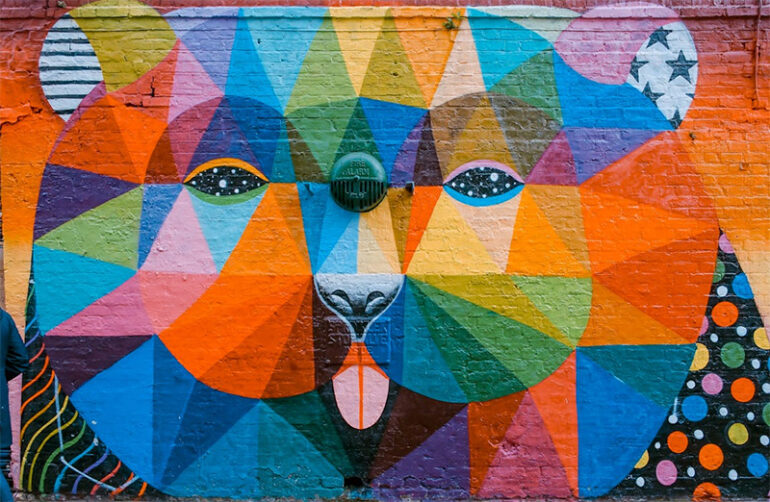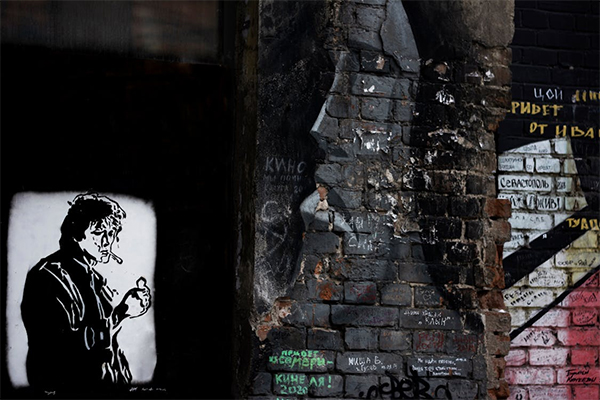With a centuries-long history as visual representations of society ideals and cultural legacy, murals are legendary. Urban environments all around the globe are being shaped by these artworks, which have developed from prehistoric cave paintings to modern urban masterpieces. Murals now function as forums for social interaction, community involvement, and cultural celebration in addition to adornment. Through a variety of methods and approaches, painters imbue these colorful canvases with themes of togetherness, diversity, and inclusiveness, therefore creating environments that speak to people from all walks of life.
The History and Evolution of Murals
Century-long visual tales reflecting society ideals and cultural legacy are what murals are all about. Murals have developed into effective instruments for community involvement and narrative from prehistoric cave paintings to contemporary urban artworks. Murals have developed from being just ornamental works to powerful statements that tackle social concerns and promote diversity, making them essential components of urban landscapes all around the globe.
The Impact of Murals on Urban Communities
Urban areas are greatly revitalized by murals, which also help people feel proud and identified. Murals are bright canvases that turn empty walls into, not only beautify areas but also provide forums for cultural expression. Beyond just their visual value, murals encourage diversity, start discussions, and enable local artists to express strong ideas that appeal to both locals and tourists. This transformative power of murals fosters a sense of community and belonging.
Techniques and Styles in Mural Art
Urban landscapes are made lively by the wide variety of methods and styles that make up mural painting. Spray painting, stenciling, and mosaic installations are just a few of the techniques artists use to produce visually arresting murals that enthrall viewers. Mural art is so flexible that it may be used for anything from abstract patterns to lifelike portraits. To make an impact on viewers, each artist approaches their work differently, fusing classic and modern techniques. This diversity in technique and style ensures that murals resonate with a broad audience.
Celebrating Diversity and Cultural Representation in Murals
Within urban contexts, murals are potent instruments for fostering cultural representation and celebrating variety. Artists capture the complex fabric of diversity that characterizes contemporary civilizations via vivid colors, symbols, and ideas. Murals provide welcoming places that appeal to individuals from many walks of life by showcasing many customs, histories, and viewpoints. These creative manifestations not only enhance cityscapes but also promote solidarity and respect for the rich history that molds our neighborhoods. This inclusive approach helps bridge cultural divides and build stronger communities.
Finally, murals are potent reminders of the long history and constantly developing artistic vision that influence metropolitan environments all over the globe. By use of vivid colors and a variety of subjects, these visual stories not only enhance communities but also function as stimulants for inclusion, cultural expression, and communication. Murals, which celebrate variety and advance cultural representation, have a lasting influence on both locals and tourists as they embody the spirit of togetherness and respect for the complex legacy that characterizes our contemporary cultures. Their enduring presence continues to inspire and engage new generations of viewers.
Photo Attribution:
1st & featured image by https://www.pexels.com/photo/selective-photograph-of-a-wall-with-grafitti-1194420/
2nd image by https://www.pexels.com/photo/murals-on-the-wall-14754790/

